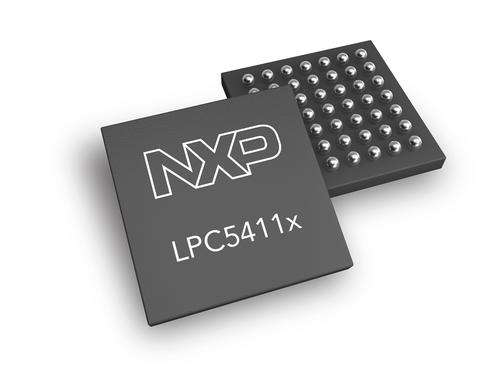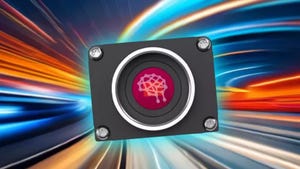MCU Targets Voice Detection for the Internet of Things
A new microcontroller family could provide a low-power solution for battery-operated, IoT voice detection apps, ranging from baby monitoring to home automation to building control.
March 30, 2016
A new microcontroller (MCU) family could provide a low-power solution for battery-operated, Internet-of-Things voice detection apps, ranging from baby monitoring to home automation to building control.
The LPC5411x MCU family from NXP Semiconductors could turn out to be an enabler for more of those applications because it allows computation to be done locally, instead of in the cloud. “There’s going to be a growing need in the market, not just for voice recognition in the cloud, but for sound detection and event-triggering based on voice commands,” Justin Mortimer, product marketing manager for NXP Semiconductors, told Design News. “And the challenge is to do it locally, consuming as little power as possible.”

NXP Semiconductors’ LPC5411x family incorporates an accelerator that off-loads the voice detection computing chores from the CPU.
(Source: NXP Semiconductors)
Mortimer said that the LPC5411x family could represent an important step forward in that area because it employs an onboard digital signal processing accelerator that off-loads the voice detection computing chores from the MCU’s ARM Cortex-M4 core. As a result, the voice detection software can be run on-chip without depleting the application’s battery.
”We put the accelerators in the hardware to reduce the power consumption and to allow things to occur more autonomously while asleep,” Mortimer said. “We see it as a differentiator because in a lot of these devices, you’re running from a battery, so you don’t want to consume too much power.”
[Learn more microcontroller trends and developments at Design & Manufacturing New England, April 13-14]
The Cortex-M4 core in the LPC5411x family features an active mode current consumption of 80 µA/MHz. It also includes 256 KB of Flash and 192 KB of SRAM. But for the IoT voice detection applications, the DSP-based accelerator is the key because it dramatically reduces the power required for voice processing. NXP engineers say the advantage is so dramatic that it even enables developers to opt for less performance in their core CPU.
”Whereas a competitor might need to offer 180 MHz, we can have a customer operating between 50 and 100 MHz and still get the same level of performance in their application,” Mortimer said. That’s important, because fewer MHz translates to lower current consumption, he added.
READ MORE ABOUT MICROCONTROLLERS:
Today, much of the computation for voice detection is done in the cloud. And while that will continue to be the case, the availability of local on-chip computation will enable many of today’s IoT applications to begin using use voice detection for the first time. Lights, thermostats, and appliances, for example, could start employing voice detection in automation systems for homes, offices, and factories, Mortimer said.
”To do it locally, you need a really efficient MCU,” he said. “If you have accelerators to make it more efficient, even better yet.”
Senior technical editor Chuck Murray has been writing about technology for 32 years. He joined Design News in 1987, and has covered electronics, automation, fluid power, and autos.
About the Author(s)
You May Also Like



